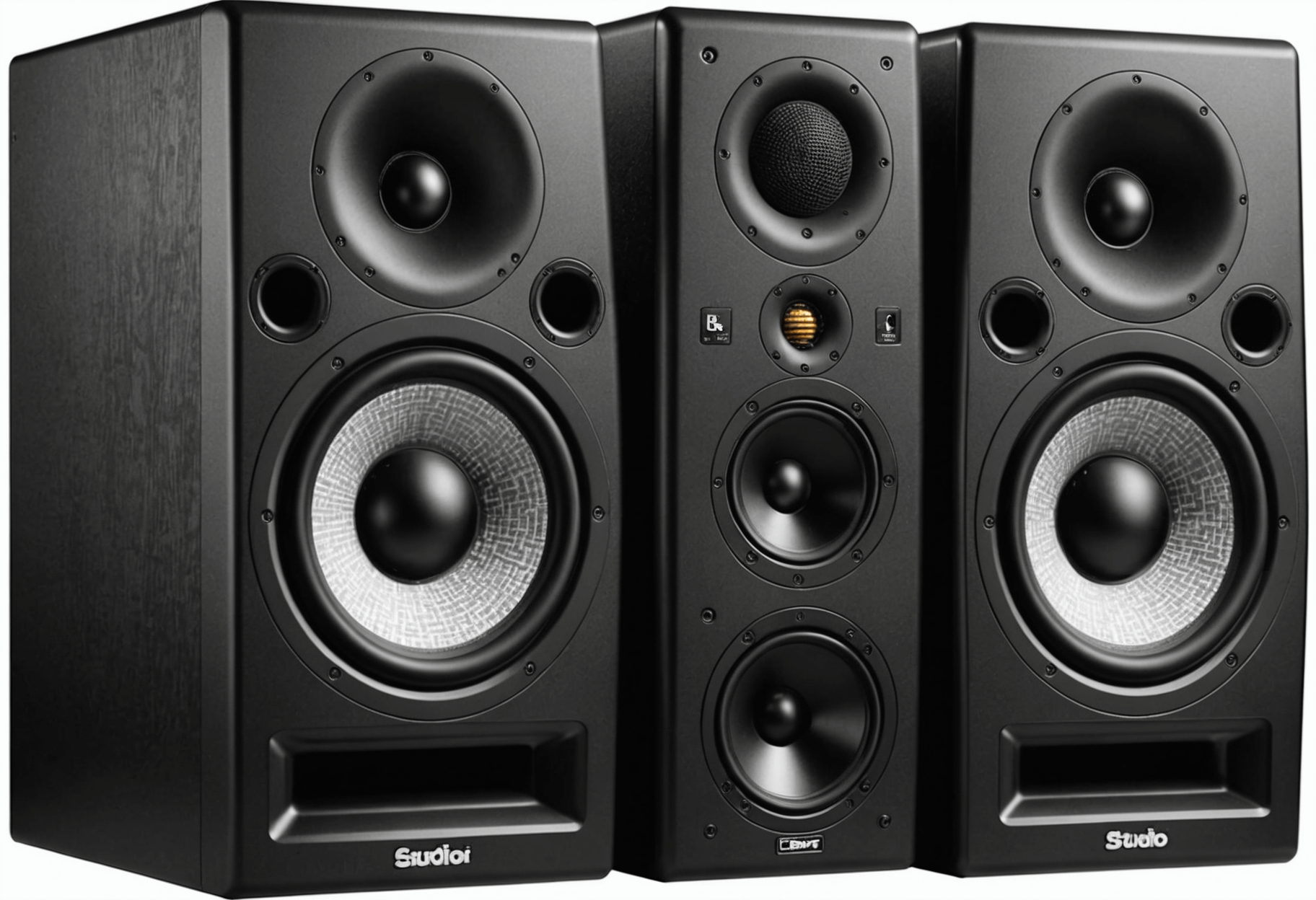Selecting the appropriate studio monitors can greatly impact your music production, mixing, or listening experience. For many audio professionals and enthusiasts, choosing high-quality monitors is a balance between technical performance and affordability. With a wide array of options available, it can be difficult to determine which models offer true value for their price. That’s why expert reviews are helpful in guiding you toward monitors that provide clarity, accuracy, and dependability without exceeding your budget.
This article aims to shed light on what makes a studio monitor worth the investment. We will explore key features, compare different brands and models, and offer practical tips to help you make an informed choice. Whether you’re a seasoned producer or a passionate hobbyist, understanding the nuances behind quality monitors ensures your creative work is accurately represented and enjoyable to listen to.
What Defines a High-Quality Studio Monitor
Sound Accuracy and Flat Response
At the heart of a good studio monitor lies its ability to reproduce sound faithfully. Unlike consumer speakers that often color the audio to make songs sound more appealing, professional monitors prioritize neutrality. This flat response allows you to hear your recordings without exaggeration or distortion, making it easier to identify issues like muddiness, harshness, or imbalance.
Auditing with monitors that show true-to-life audio ensures your mixes translate well across various systems. For example, a monitor that overemphasizes bass might tempt you to reduce low-end energy, but in reality, your track may lack warmth when played back elsewhere. Experts recommend choosing monitors with a frequency response that remains consistent across the spectrum, usually within a ±2dB range.
Build Quality and Durability
A monitor’s construction influences both longevity and sound clarity. Well-built monitors with sturdy cabinets minimize unwanted vibrations and resonance that can muddy the audio. Materials such as MDF or heavy-duty composites are common in quality models for their dampening properties.
Additionally, look for monitors with protective features like metal grills and high-quality connectors. These details not only extend the lifespan but also help maintain optimal sound performance over time.
Top Factors to Consider When Investing in Studio Monitors
Size and Room Compatibility
Monitor size directly impacts the listening experience and should match your room dimensions. Smaller rooms typically benefit from monitors with 5 to 7-inch woofers, which produce controlled and manageable bass. Larger rooms with more space may require 8-inch or bigger woofers to fill the environment with balanced sound.
Measuring your workspace and understanding how sound behaves in your environment can prevent overpowering bass or uneven frequency responses. Place monitors at ear level and form an equilateral triangle with your listening position to maximize accuracy.
Power and Amplification
Dedicated power handling capacity ensures your monitors can reach optimal volume without distortion. Active monitors incorporate built-in amplification, meaning you don’t need an external amp. Check the wattage ratings to ensure compatibility with your audio interface or mixer, and consider models with user-adjustable volume and EQ settings for fine-tuning.
Popular Brands and Models That Justify Their Price
High-End Choices for Professional Studios
- Event Studio Precision Monitors: Known for their flat response and solid build, suitable for critical mixing
- Neumann KH Series: Offers unparalleled clarity and detailed sound, often seen in top-tier studios
- Genelec 8000 Series: Recognized for their compact design and precise audio reproduction
Affordable Yet Reliable Options for Enthusiasts
- Yamaha HS Series: Balances affordability with strong performance, favored by many home studios
- KRK Rokit G4 Series: Features built-in EQ adjustments and a reputation for punchy bass
- Adam Audio T Series: Great for those seeking detailed high frequencies at a moderate price
These examples demonstrate that quality monitors span a range of prices, but investing in reputable brands typically guarantees better sound and durability. Remember, your choice should align with your budget and specific needs.
Practical Tips for Getting the Most Out of Your Studio Monitors
Proper Placement and Room Treatment
Correct placement is essential to utilize your monitors fully. Keep them symmetrically positioned, at least a foot away from walls, and angled towards your listening position. Acoustic treatment, such as foam panels, bass traps, and diffusers, can significantly improve sound fidelity by reducing reflections and standing waves.
Experiment with placement to achieve a balanced stereo image and reduce bass buildup. Even high-end monitors will sound subpar if your room introduces excessive echoes or resonances.
Regular Calibration and Maintenance
Periodically recalibrate your monitors using measurement microphones and room analysis software, especially if you rearrange your studio or change your equipment. Keeping your monitors clean and ensuring connections are secure also helps maintain sound quality over time.
Investing in a calibration microphone and software can provide precision adjustments, making your monitors sound as they should, regardless of room imperfections.
Conclusion: Are the Monitors Worth the Price?
Determining whether studio monitors are worth their price depends on your goals and how crucial accurate sound reproduction is to your work. While entry-level models can serve initial purposes, true professionals and dedicated enthusiasts recognize that investing in well-built, accurate monitors pays dividends in creating mixes that translate reliably across all playback systems.
Higher-tier monitors offer clarity, extended frequency response, and durability that justify their higher cost, especially in professional settings. Yet, the key is aligning your choice with your specific needs, room setup, and budget. Remember that selecting the right monitor isn’t just about brand names but about understanding the technicalities that produce trustworthy sound.
Take your time to research and listen to different models before making a commitment. You might find that, for your setup, a mid-range monitor will suffice, or you may need that top-tier pair to meet your standards. For a deeper dive into the world of audio gear and to explore options suited to your studio, visit forever-records.com and gather insights from industry experts.




